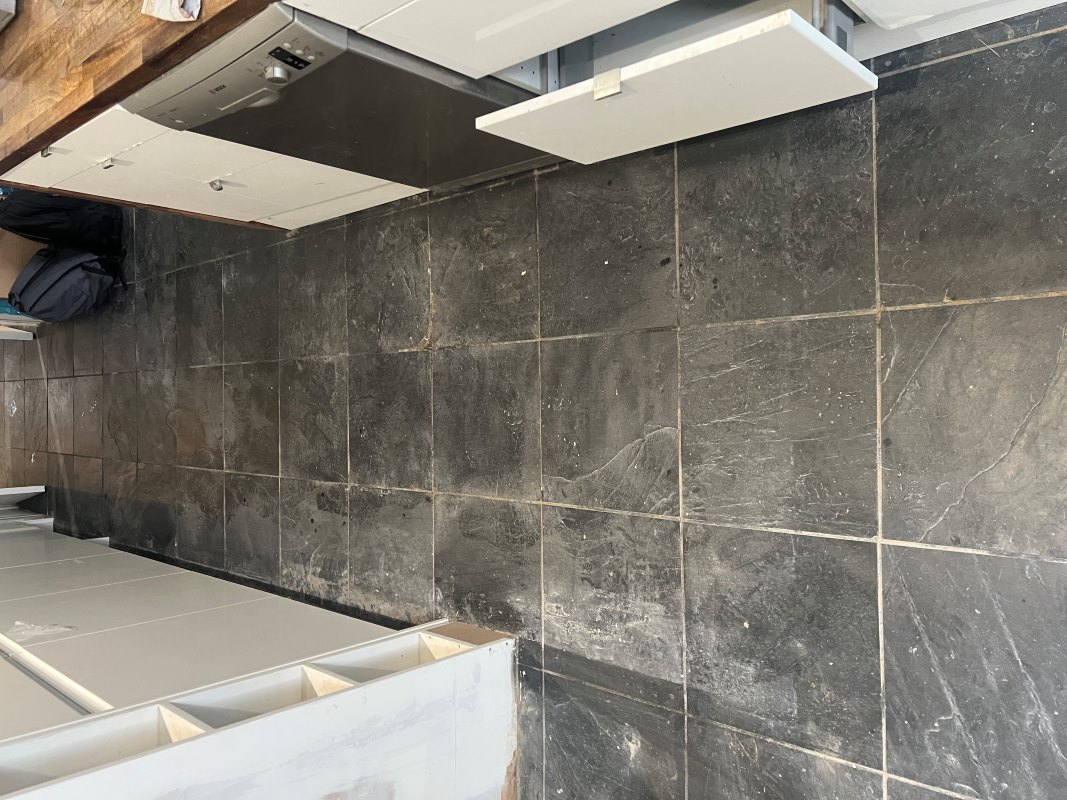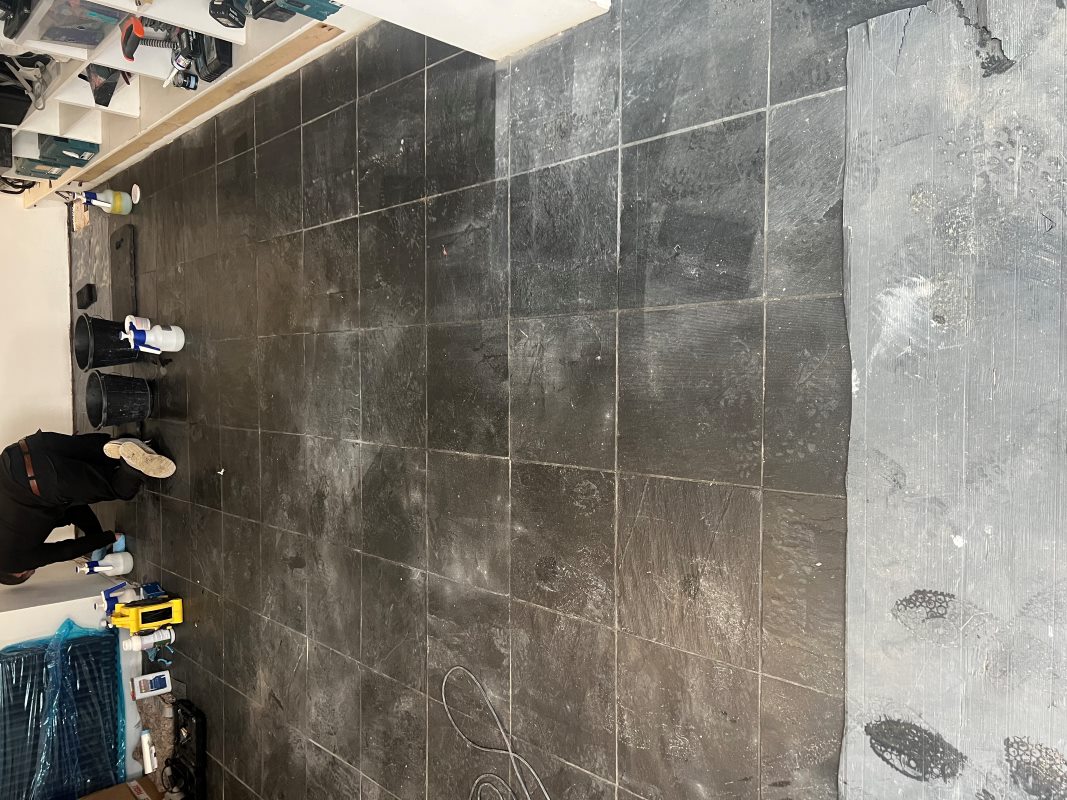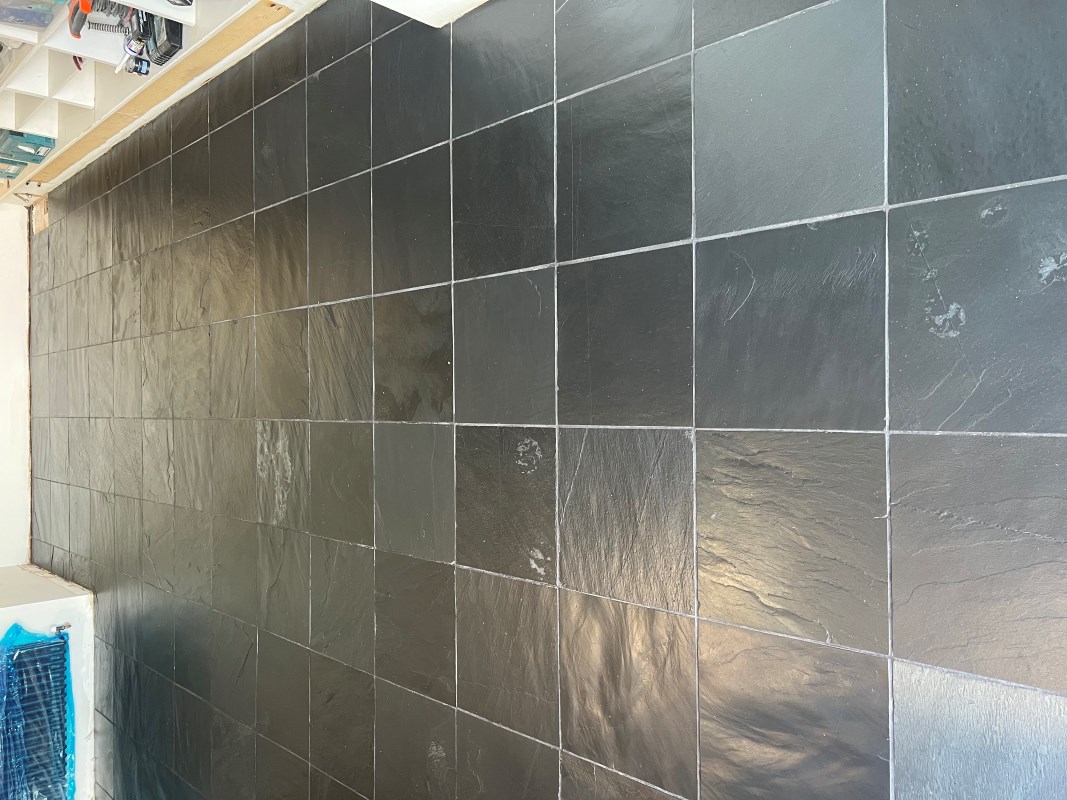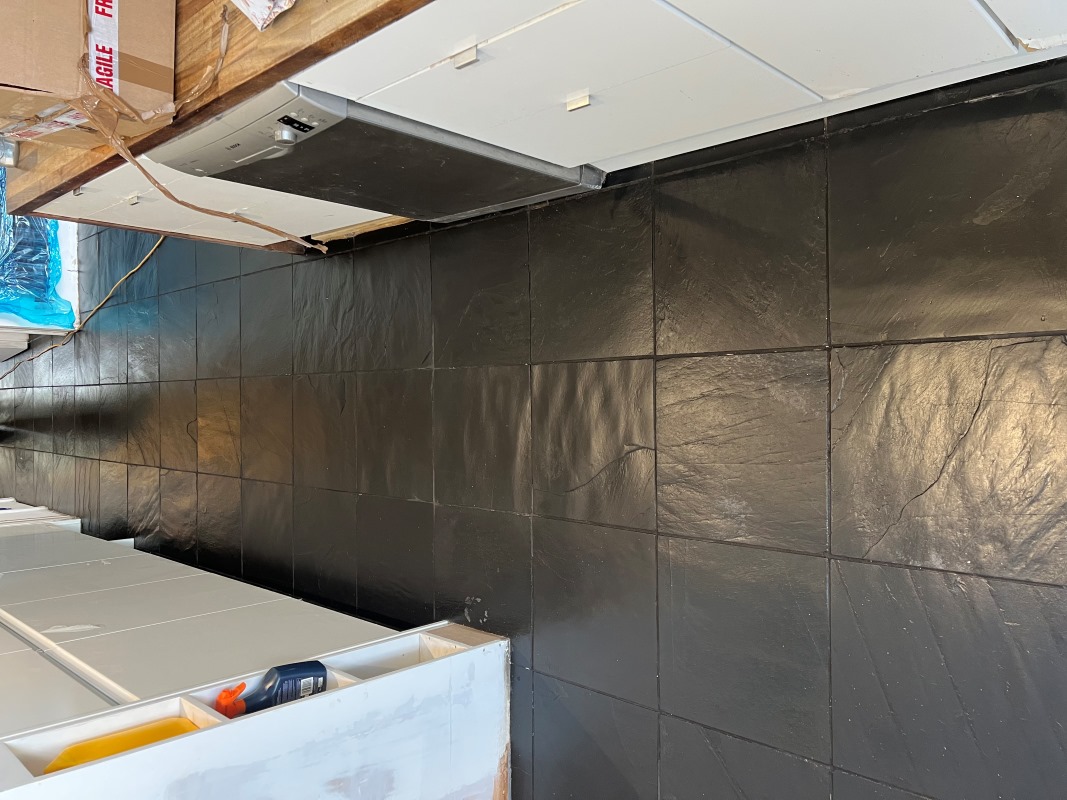Kitchen tile splashbacks can provide added beauty and style to your kitchen, as well as make it easier to maintain. Furthermore, you can demonstrate your creativity and add flair to your kitchen’s design with your choice of tile.
If you are leaning towards having a tiled splashback, there are several options from which you can choose. The information you will find on the five types of splashback tiles below will help you make an informed decision as to which type of tile will be the best fit for you and your kitchen.
1. Porcelain Tile
Often ceramic and porcelain tiles are thought to be the same, but they are not. They are, in fact, manufactured completely differently.
Porcelain is made from compressed porcelain dust. This type of tiling is very dense and tough, thus sturdier than ceramic tile.
Another feature of porcelain is that it can be manufactured with a matt, glazed, or highly polished finish. It is important when choosing tile for a splashback that you use a glazed tile. The glazing will protect the tile from kitchen grease and smudges, make it easier to clean, and ensure it lasts longer.
2. Ceramic Tile
Ceramic tile is made from clay, then fired in a kiln. The visible part of the tile is a glaze which is coloured or patterned.
Your choice of colours and patterns is virtually unlimited. An advantage of ceramic tile is that it is easy to cut, making it simple to install.
Regardless of whether you choose porcelain or ceramic tiles, they are both available in a range of sizes and both are installed the same way. Tile adhesive is used for placing the tiles, and the gaps are then filled with grout.
There is also a wide range of colours for grout that allow you to coordinate the tiling with your kitchen’s interior colour scheme.
Both porcelain and ceramic tile are excellent choices for a splashback because they do not stain easily, making for simple clean-up.
3. Glass Tile
Another choice in tiling is glass. Just like ceramic and porcelain, glass tile is a great option because of its waterproof nature.
Glass has a unique appearance in that it reflects light, making your kitchen splashback appear as if it has tiny, sparkling gems. The grouting used for glass is a specialised mortar, or unsanded grout. You may even wish to consider adding some glass tile as an accent with your choice of tile.
4. Metal Tile
Chrome, copper, and aluminium tiles can also make an interesting and attractive addition to your kitchen. These tiles can create a contemporary look and can also suit a more traditional kitchen.
Depending on the overall effect you wish to create with your metal tile, you can choose between a shiny or brushed finish.
5. Stone and Marble Tile
Stone and marble are popular choices for both countertops and splashbacks in today’s market. With marble, you will find a variety of styles available.
The downside of a stone splashback is that stone cannot be sealed, making it more difficult to keep clean.
Source: www.DoItYourself.com




